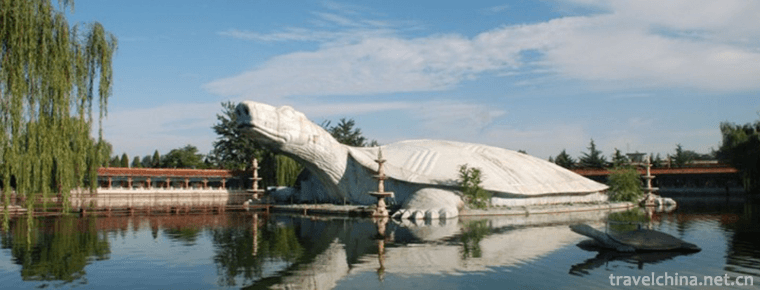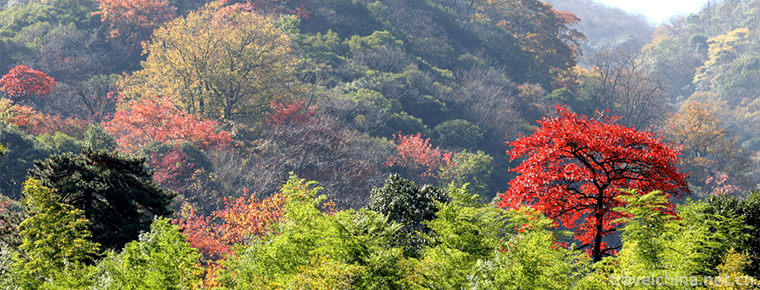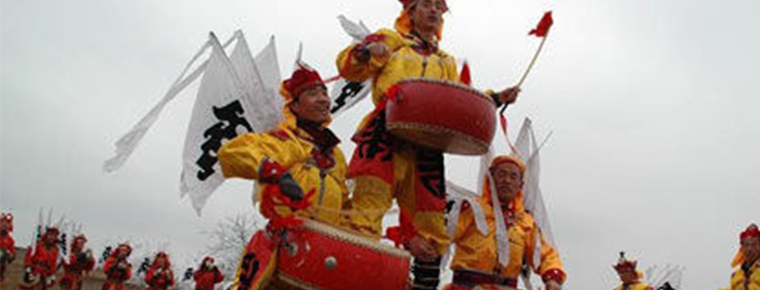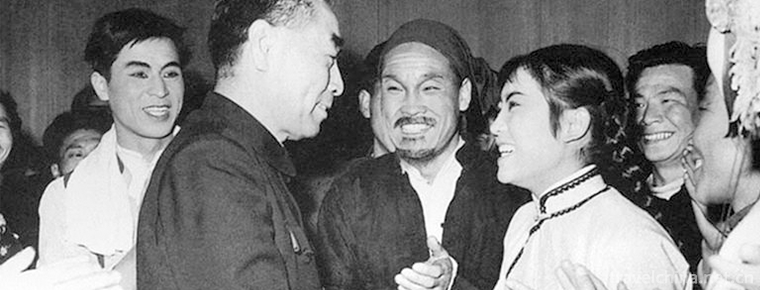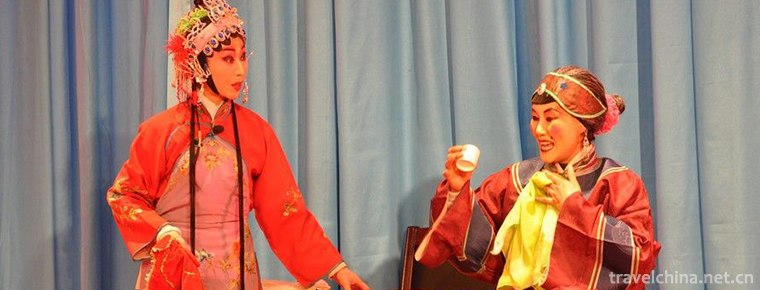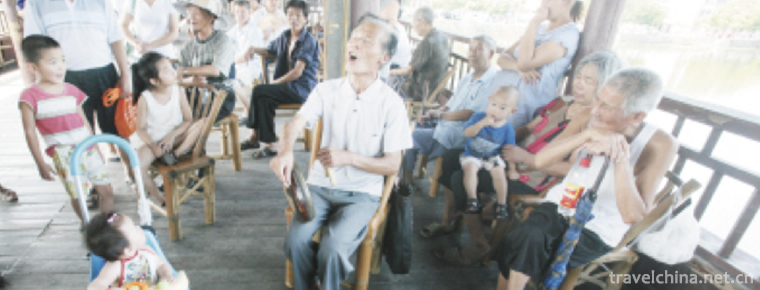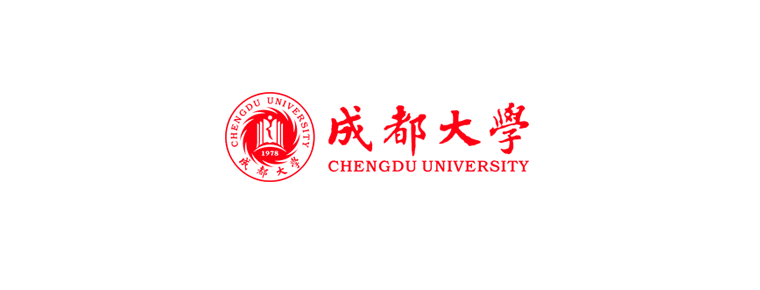Fuyang Normal University
Fuyang Normal University is a
regular college in Anhui province. Excellent agricultural and forestry
talents education and training plan Reform pilot projects, the first batch
of pilot units for comprehensive reform of universities in Anhui Province, and
the first batch of provincial entrepreneurship colleges in Anhui.
On the basis of the accelerated course of Fuyang Normal University in 1956, the school went through the development stage of Fuyang middle school teachers' training school, Fuyang special area normal school and Fuyang branch of Anhwei Normal University. In 1978, 12 menstruation approved the establishment of Fuyang Normal College, received the right to grant the bachelor's degree; 2013 received the right to grant master's degree; in June 2019, it was renamed Fuyang Normal University.
As of June 2019, the school had 2 campuses, covering an area of 1 million 143 thousand and 400 square meters, with an area of 851 thousand and 500 square meters of school buildings, 231 million 982 thousand and 800 yuan of teaching and research instruments and 1 million 950 thousand and 700 books of books, 1000 full-time students, 1000 full-time teachers, 16 teaching institutes, 1 continuing education institutes, and 66 undergraduate majors.
Historical evolution
In 1956, the accelerated course of Fuyang Normal University was set up, with Chinese and mathematics majors, two years of schooling, and a year of schooling in physics, chemistry and geography.
In the autumn of 1957, the speed-up class of Normal University was renamed as the Fuyang secondary school teacher training school, and the Chinese language and mathematics departments were incorporated into the Hefei normal school. In the one-year college students, in addition to some of the assignments, they also set up the Department of physics and chemistry and history and geography. They plan to continue reading for one year. Because of the struggle against the right, the students were assigned to work in the 1958 winter vacation.
In September 1958, the Fuyang secondary school teacher training school was transformed into a teacher training school in Fuyang District of Anhui Province, with Chinese, mathematics, physics, chemistry, biology, history and geography, etc., for two years.
In 1960, the political speed-up class was added, and two preparatory courses were enrolled from junior high school graduates. After that, they were transferred to Fuyang normal school in 1962.
In the spring of 1962, the teachers' College of Fuyang special district was renamed as Fuyang secondary school teacher training school. In the autumn of the same year, he began to recruit advanced students, and set up Chinese, mathematics, foreign languages, biochemistry and politics.
In the summer of 1963, advanced students graduated early. Most of the students were assigned to primary schools to teach. A small part of them was enrolled in Lu'an secondary school teachers' training school and provincial education college.
In the autumn of 1964, students were enrolled in the training courses, and the administrative cadres and key teachers' rotation training classes in secondary schools were changed. Each period was two months, and the training courses for teachers in rural areas were three months each.
In 1965, 284 people were enrolled from the teachers in rural areas. They were divided into two professions, including Chinese and mathematics. The academic system was one year. They graduated from the summer vacation in 1966. Due to the "Cultural Revolution", they left school in 1968.
During the "Cultural Revolution", Fuyang secondary school teachers' further education school was forced to move to the countryside, and two secondary schools were established in the Tan Tan commune and the Gaotang commune in Linquan county. At that time, there were 99 staff members and staff in the whole school. Except 33 workers, all the other schools were decentralized, and school buildings, teaching aids, books and materials, and instruments and equipment were all damaged.
In 1974, at the former site of Fuyang middle school teachers' further education school, the Fuyang branch of Anhwei Normal University was founded. There are five majors in Chinese, foreign languages, mathematics, physics and Chemistry (Physics, chemistry), art (Art), six majors, and a Marxist Leninist teaching and research section and a sports teaching and research section. The dictionary of Chinese language, the sixth compilation group of Anhui Province, is located in Fuyang branch.
In 1974, 1975 and 1976, 401 students, 400 students and 250 students were enrolled respectively, and the educational system was three years.
In 1977, the enrollment system reform in Colleges and universities resumed the unified examination and enrollment method. In that year, 390 students were recruited, 409 people were recruited the following year, 306 people were enrolled in 1979, and the academic system was four years.
By the end of 1978, after the approval of the State Council, the Fuyang branch of Anhwei Normal University was expanded to Fuyang Normal College. In September 20th, the establishment of Fuyang Normal College was held, and September 20th was designated as the anniversary day.
In 2008, the "excellent" grade was obtained in the evaluation of the undergraduate teaching level of the Ministry of education.
In 2009, it was added as a national master degree authorization unit and started graduate training.
In 2013, it was officially authorized to become a master's degree authorized unit.
In September 2014, the first batch of outstanding agricultural and forestry talent education and training plan reform pilot projects were selected.
In 2015, it was selected as the first batch of pilot units for the comprehensive reform of universities in Anhui.
In 2017, the assessment was carried out through undergraduate teaching.
In June 10, 2019, the Ministry of education agreed to rename Fuyang Normal College to Fuyang Normal University.
http://www.fynu.edu.cn/
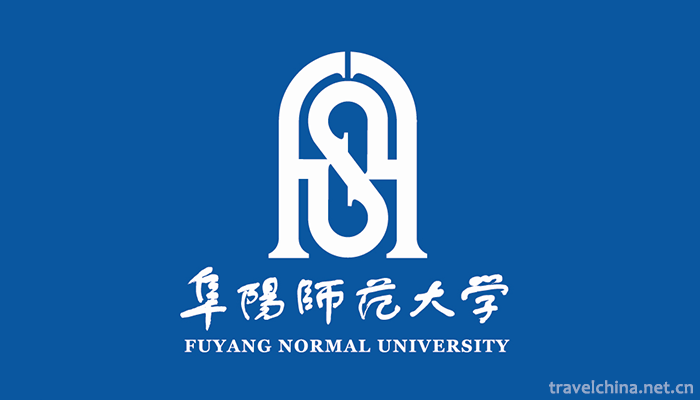

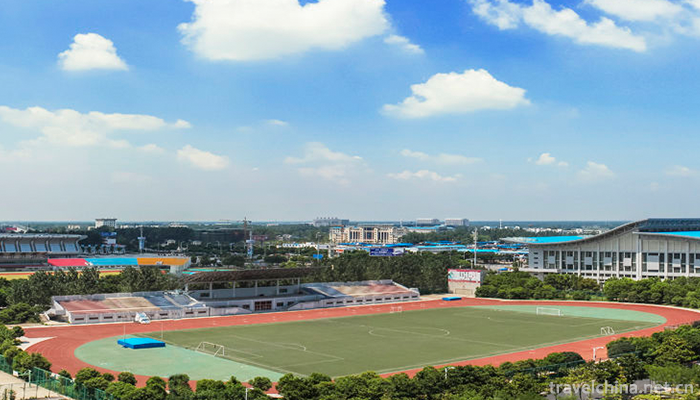
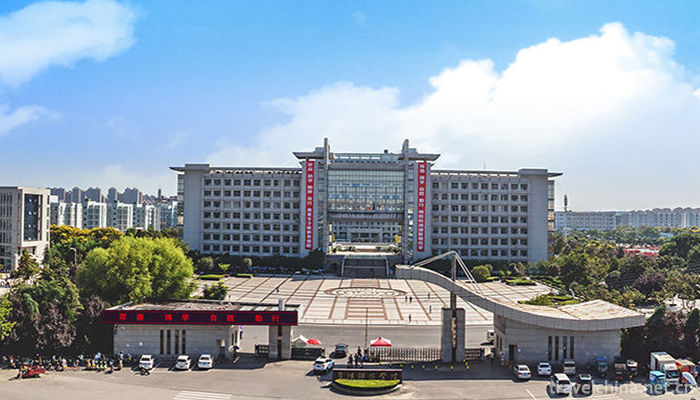
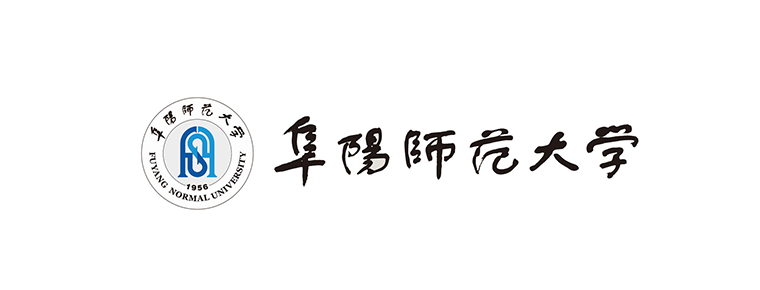
Fuyang Normal University
-
Heng Dian World Studios
Hengdian Film and Television City is a large-scale comprehensive tourist area which integrates film and television, tourism, vacation, leisure and sightseeing
Views: 464 Time 2018-12-07 -
Oriental Giant Turtle Garden
Located on the East Bank of Yehe River in Pingshan County, Hebei Province, the Oriental Giant Turtle Garden is near Xibaipo, a sacred revolutionary site, 35 kilometers east of Shijiazhuang
Views: 124 Time 2018-12-20 -
Yunwushan Scenic Area
Yunwushan Scenic Spot is located in Paulownia Shop in the northwest of Huangpi District. It enjoys the reputation of "Xiling Resort Area, North Chu Famous Area, Beixi Border Barrier and Handizush
Views: 218 Time 2018-12-22 -
Hongjiannao Scenic Area
Hongjiannao Scenic Area is located in Shenmu City, Shaanxi Province. It is located in the transitional zone between the Loess Plateau and Inner Mongolia Plateau, at the junction of Maowusu
Views: 131 Time 2019-01-16 -
Drum Dance
Dance and drum dance is a kind of folk dance of Miao nationality in China. Miao people's "encouragement" has a long history. The written records of Miao people's drumming
Views: 146 Time 2019-05-01 -
Luochuans drums
Luochuan Yigu, a traditional dance in Luochuan County, Shaanxi Province, is one of the national intangible cultural heritage.
Views: 162 Time 2019-05-15 -
a type of Shaanxi Opera popular in the Weinan Dali region
Bowl-bowl tune is one of the local operas in Shaanxi Province, also known as "lamp-bowl tune" and "Ruan'er tune". The former is named for the main rhythm of the small copper bowl a
Views: 446 Time 2019-06-25 -
Xilu Bangkok
Xilu Bangzi a Xilu Bangzi is an ancient traditional opera. Now the embryonic form of Hebei Bangzi was formed in Qingdaoguang period. Its predecessor is Shanshan-Shaanxi Bangzi, which was introduced in
Views: 212 Time 2019-07-01 -
Yangzhou lacquerware decoration skills
Yangzhou lacquerware painting process is cumbersome, the step is "batch putty scrape gray, brush paint and push light". During the Warring States Period, Yangzhou lacquerware decoration tech
Views: 238 Time 2019-07-10 -
Yongkang Drum Ci
Yongkang Drum Ci is a rap art in Yongkang area of Zhejiang Province. It belongs to the form of singing and talking, which is mainly composed of singing. Because of the use of local dialect performance
Views: 318 Time 2019-07-14 -
Chengdu University
Chengdu University, established in 1978 with the approval of the Ministry of Education, is a comprehensive University jointly built by Sichuan Province and Chengdu City. It is a key comprehensive univ
Views: 323 Time 2019-08-31 -
Guangan primary industry
In 2019, the sown area of grain in Guang'an City is 287000 hectares, and the total grain output is 1.8 million tons, an increase of 1000 tons or 0.04%. Among them, the rice output was 1.047 million tons, down 0.4%; the corn output was 448000 tons, an incre
Views: 181 Time 2020-12-19

